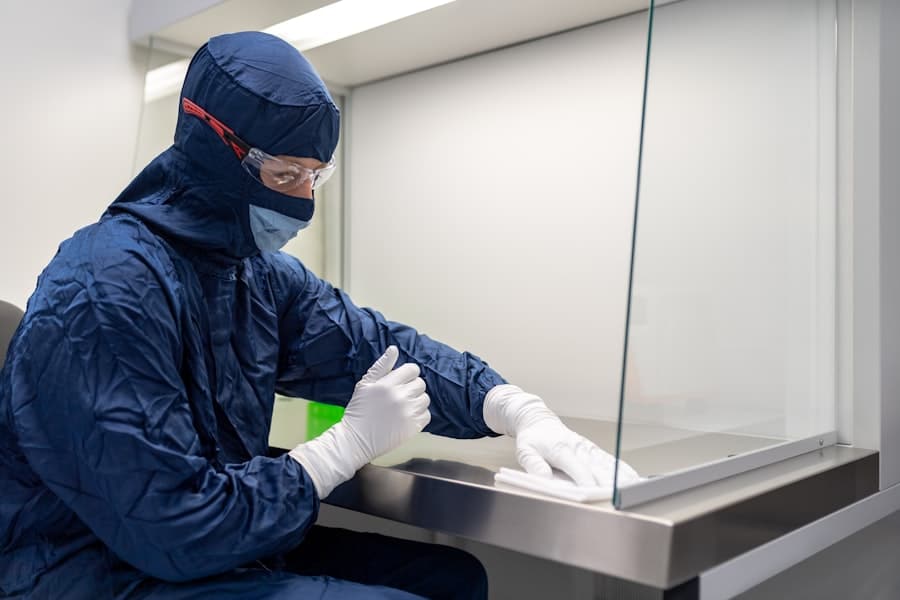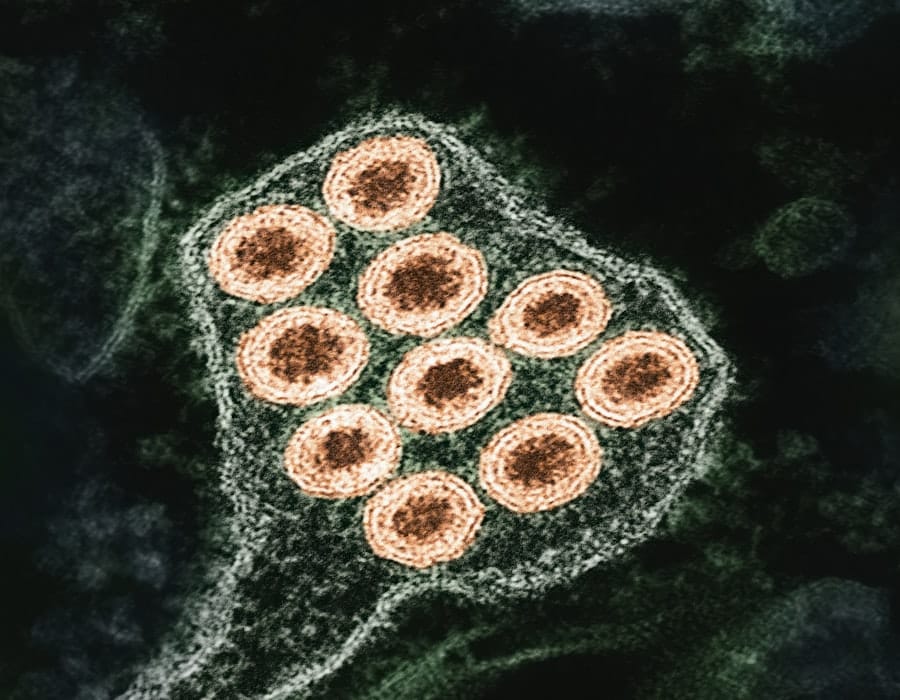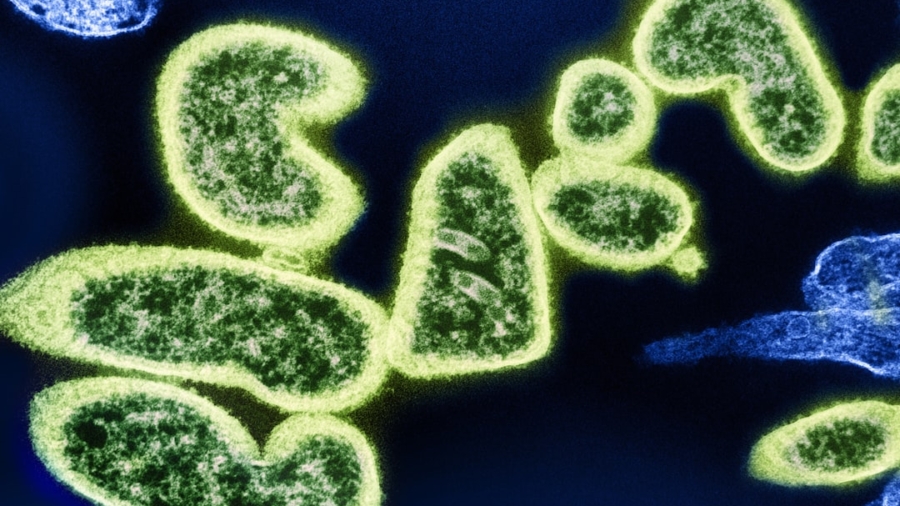The advent of artificial intelligence (AI) has revolutionized numerous sectors, and public health is no exception. Outbreak detection systems, which are critical for identifying and responding to infectious disease outbreaks, have increasingly integrated AI technologies to enhance their capabilities. These systems are designed to monitor health data, identify unusual patterns, and provide timely alerts to health authorities.
The integration of AI into these systems allows for more sophisticated data analysis, enabling quicker responses to potential health threats. As global travel and trade continue to increase, the need for effective outbreak detection has never been more pressing. AI offers a promising avenue for improving the speed and accuracy of these systems, ultimately saving lives and resources.
AI’s role in outbreak detection is multifaceted, encompassing various technologies such as machine learning, natural language processing, and predictive analytics. These technologies can analyze vast amounts of data from diverse sources, including social media, healthcare records, and environmental data, to identify potential outbreaks before they escalate. By leveraging AI, public health officials can gain insights that were previously unattainable through traditional methods.
This article delves into the various aspects of AI in outbreak detection systems, exploring its applications, benefits, challenges, and ethical considerations.
Key Takeaways
- AI enhances outbreak detection by enabling faster and more accurate identification of disease patterns.
- Machine learning algorithms play a crucial role in analyzing complex data for early warning systems.
- Ethical concerns, such as data privacy and bias, must be addressed in AI-driven outbreak detection.
- Successful case studies demonstrate AI’s potential to improve pandemic response and containment efforts.
- Despite challenges, AI’s future in outbreak detection promises more proactive and efficient public health interventions.
The Use of Machine Learning in Outbreak Detection
Machine learning, a subset of AI, plays a pivotal role in enhancing outbreak detection systems. By employing algorithms that can learn from and make predictions based on data, machine learning enables these systems to identify patterns that may indicate an emerging outbreak. For instance, researchers have developed models that analyze historical disease data alongside real-time information from various sources to predict the likelihood of an outbreak occurring in a specific region.
This predictive capability is invaluable for public health officials who need to allocate resources effectively and implement preventive measures. One notable application of machine learning in outbreak detection is the use of clustering algorithms to identify unusual spikes in disease incidence. For example, during the COVID-19 pandemic, machine learning models were employed to analyze hospital admission rates and emergency room visits for respiratory illnesses.
By comparing current data with historical trends, these models could flag anomalies that warranted further investigation. This approach not only enhances the speed of detection but also allows for a more nuanced understanding of how diseases spread within communities.
The Role of AI in Early Warning Systems for Pandemics

AI’s contribution to early warning systems is crucial in the context of pandemics. These systems are designed to detect potential outbreaks at their nascent stages, allowing for timely interventions that can mitigate the spread of infectious diseases. AI enhances early warning capabilities by integrating diverse data sources, including epidemiological reports, climate data, and even social media trends.
For instance, platforms like HealthMap utilize AI algorithms to aggregate data from news reports and social media posts to identify potential outbreaks before they are officially reported. Moreover, AI can facilitate real-time monitoring of disease spread through geographic information systems (GIS). By analyzing spatial data alongside health metrics, AI can help predict how diseases might spread across different regions.
This capability is particularly important during pandemics when understanding transmission dynamics is essential for implementing effective containment strategies. The ability to visualize potential outbreak scenarios allows public health officials to make informed decisions about resource allocation and public health messaging.
How AI Can Improve the Accuracy and Speed of Outbreak Detection
The integration of AI into outbreak detection systems significantly enhances both accuracy and speed. Traditional methods often rely on manual reporting and analysis, which can be slow and prone to human error. In contrast, AI algorithms can process vast datasets in real time, identifying trends and anomalies much faster than human analysts could.
For example, during the Ebola outbreak in West Africa, AI tools were employed to analyze satellite imagery and mobile phone data to track population movements and predict where outbreaks might occur next. Furthermore, AI’s ability to learn from new data continuously improves its accuracy over time. Machine learning models can adapt to changing patterns in disease transmission and incorporate new variables that may influence outbreak dynamics.
This adaptability is crucial in a rapidly evolving landscape where pathogens can mutate or change their transmission patterns. By utilizing AI-driven models that are constantly updated with the latest information, public health officials can make more informed decisions based on accurate predictions.
Challenges and Limitations of AI in Outbreak Detection Systems
Despite the promising potential of AI in outbreak detection systems, several challenges and limitations must be addressed. One significant issue is the quality and availability of data. AI algorithms require large amounts of high-quality data to function effectively; however, in many regions, especially low-resource settings, data may be sparse or unreliable.
Inaccurate or incomplete data can lead to erroneous predictions and undermine the effectiveness of outbreak detection efforts. Another challenge lies in the interpretability of AI models. Many machine learning algorithms operate as “black boxes,” making it difficult for public health officials to understand how decisions are made.
This lack of transparency can hinder trust in AI-driven systems and complicate the process of validating predictions. Additionally, there is a risk that reliance on AI could lead to complacency among public health officials, who may overlook traditional epidemiological methods that remain essential for comprehensive outbreak response.
Ethical Considerations in Using AI for Outbreak Detection

The deployment of AI in outbreak detection raises several ethical considerations that must be carefully navigated. One primary concern is privacy; the use of personal health data for analysis can lead to potential breaches of confidentiality if not handled appropriately. Public trust is paramount in public health initiatives, and any perceived misuse of personal data could erode confidence in both AI technologies and health authorities.
Moreover, there is a risk of bias in AI algorithms that could disproportionately affect certain populations. If training datasets are not representative of diverse demographics, the resulting models may yield skewed predictions that fail to account for variations in disease susceptibility or access to healthcare resources among different groups.
The Future of AI in Outbreak Detection Systems
Looking ahead, the future of AI in outbreak detection systems appears promising but requires ongoing research and development. As technology continues to evolve, we can expect advancements in algorithmic sophistication that will enhance predictive capabilities further. For instance, integrating AI with genomic sequencing technologies could allow for real-time tracking of pathogen mutations and transmission pathways, providing invaluable insights during outbreaks.
Collaboration between public health agencies, technology companies, and academic institutions will be crucial in shaping the future landscape of AI-driven outbreak detection. By fostering interdisciplinary partnerships, stakeholders can work together to develop robust frameworks that prioritize data sharing while addressing ethical concerns related to privacy and bias. Additionally, investing in training programs for public health professionals will ensure they are equipped with the skills necessary to leverage AI technologies effectively.
Case Studies of Successful Implementation of AI in Outbreak Detection
Several case studies illustrate the successful implementation of AI in outbreak detection systems across various contexts. One notable example is the use of AI by BlueDot during the early stages of the COVID-19 pandemic. The company utilized machine learning algorithms to analyze global travel patterns and health data from multiple sources to predict the spread of the virus before it was officially recognized as a pandemic by the World Health Organization (WHO).
Another compelling case is the application of AI by researchers at Harvard University during the Zika virus outbreak in 2016. They developed a model that combined climate data with historical Zika incidence rates to predict areas at high risk for future outbreaks.
This model enabled targeted interventions in vulnerable regions by informing public health officials about where resources should be allocated most effectively. These case studies highlight not only the potential benefits of integrating AI into outbreak detection systems but also underscore the importance of collaboration between technology developers and public health experts to ensure successful outcomes. As more organizations adopt similar approaches, we can anticipate a future where AI plays an integral role in safeguarding global health against infectious disease threats.
In the context of understanding how technology can enhance public health responses, the article on the role of AI in outbreak detection systems is particularly relevant. For further insights into how technology is shaping various industries, you might find the article on Recode, a technology news website owned by Vox Media, to be informative. It explores the intersection of technology and media, which can provide a broader perspective on the implications of AI advancements in different sectors, including healthcare.
FAQs
What is the role of AI in outbreak detection systems?
AI helps in analyzing large volumes of data from various sources to identify patterns and early signs of disease outbreaks, enabling faster and more accurate detection compared to traditional methods.
How does AI improve the accuracy of outbreak detection?
AI algorithms can process diverse datasets, including social media, health records, and environmental data, to detect anomalies and trends that may indicate an outbreak, reducing false positives and improving prediction accuracy.
What types of data are used by AI in outbreak detection?
AI systems utilize data such as clinical reports, laboratory results, social media posts, news articles, travel patterns, and environmental factors to monitor and predict disease outbreaks.
Can AI predict outbreaks before they happen?
While AI cannot predict outbreaks with absolute certainty, it can identify early warning signs and risk factors that increase the likelihood of an outbreak, allowing for proactive measures.
What are the challenges of using AI in outbreak detection?
Challenges include data privacy concerns, the need for high-quality and diverse data, potential biases in algorithms, and the requirement for integration with public health infrastructure.
How does AI complement traditional outbreak detection methods?
AI enhances traditional surveillance by providing real-time analysis, handling large datasets efficiently, and uncovering hidden patterns, thereby supporting quicker decision-making and response.
Are there any examples of AI successfully detecting outbreaks?
Yes, AI systems like BlueDot and HealthMap have successfully identified early signals of outbreaks such as COVID-19 by analyzing global data sources before official reports were released.
Is AI used globally for outbreak detection?
AI is increasingly being adopted worldwide, with various countries and organizations integrating AI tools into their public health surveillance systems to improve outbreak detection and response.
What ethical considerations are involved in using AI for outbreak detection?
Ethical considerations include ensuring data privacy, avoiding discrimination or bias in AI models, maintaining transparency in AI decision-making, and securing informed consent when using personal data.
How can public health officials benefit from AI in outbreak detection?
Public health officials can use AI-generated insights to allocate resources efficiently, implement timely interventions, monitor disease spread, and communicate risks effectively to the public.

